A medicinal plant is not yet a medicinal product
Nature provides the raw ingredients, but only human beings are able to refine them, a circumstance which ensures that development of the potential in the realms of nature and development of the potential of human beings move forward together. Thus, refined nature becomes an indicator of the development of human consciousness.
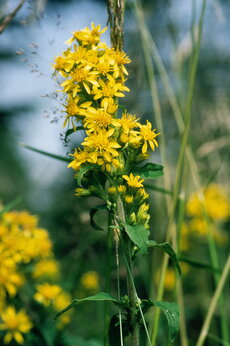
Life on earth has come a long way along the evolutionary path, and an even longer journey stretches out ahead of it – along a path that human beings can help to shape. Many of the stages along this path are depicted, albeit in cryptic form, in medicinal plants. Those able to decipher these plants find that they can provide guidance and companionship along the path into the future.
The medicinal plant – A complex being
Let us take the example of goldenrods: approaching them, first we recognize their characteristic form, then we perceive the radiance of their colours and fragrance and finally, touching one, we feel its solid substance. Were we then to ingest its soluble substances in the form of a preparation, we would experience its healing or toxic effect, depending on the dose.
The active ingredients represent only part of goldenrods’ curative potential though. Even the goldenrods themselves in the garden are only a part of the whole. The plant is no more than the physical expression of a spiritual matrix, a plant essence: it is this essence that encompasses all of the potential qualities of goldenrod as a principle. These qualities are not fully developed in the medicinal plant itself but merely adumbrated in it. This applies to all plants: as the sweetness of the grape hints at the potential for a fine wine, the active compounds of goldenrod suggest the potential for a holistic remedy.
How potential can be developed
A comparison with human beings is instructive here. Many people are by disposition capable of possessing intellectual, artistic or manual abilities. However, those abilities can only be attained in their full potential by those who win them through perseverance and by challenging their own individual limitations.
Plants are incapable of developing their dispositions on their own though; only human beings can do that. Development of the potential in the realms of nature and development of the potential of human beings move forward together. Thus, refined nature becomes an indicator of the development of human consciousness, mirroring the evolution of consciousness: in the absence of the refinement of nature, there can be no higher level of human existence, and vice versa. It is important here not to confuse refinement with technology: a Stradivarius is a product of far greater refinement than an electronic organ. Thus, plants possess the potential for various qualities, and human beings can cause those qualities to develop, thereby simultaneously developing their own spiritual potential.
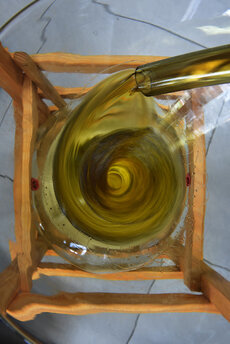
Signature is the expression of the essence
The clearest and most complete expression of the essence of a plant is found in its external form, which is known as its signature. However, human beings must learn to see with the eyes of the heart before they can recognize the essence in the signature.
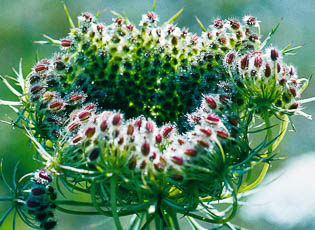
Essence and signature of the medicinal plant
The essence of a plant is the spiritual blueprint, as it were, the plan according to which the plant is structured and formed. This plan encompasses – in the form of principle, of potential – everything that the plant is, and everything that it can become. When a plant’s seed is placed in the damp earth and begins to germinate, the cosmic essence binds with the seedling. This interaction, between essence and genes, is essential if the new being is to transform into the specific plant laid down in its makeup. Neither the genes alone, nor the essence alone is what makes the plant what it is: it is the action of each upon the other, essence and genes.
A medicinal plant that has completed its development contains many active and aromatic substances that express certain aspects of the plant’s essence. The most perfect expression of the essence of the plant lies in its form, which is known as its signature. Thus, a plant’s essence is encoded in its form, and those able to decipher this code are able to recognize the essence in its signature.
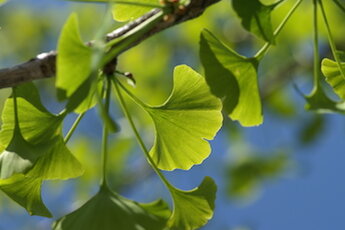
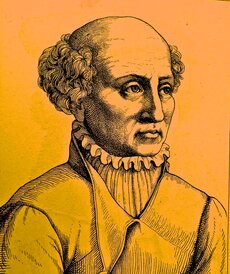
Reading the signature of a plant does not immediately allow one to make statements about its effects on the organs; it first provides an insight into the correspondence between the plant and human beings at the level of the psyche. Only afterwards can one draw conclusions about any organic effect of the plants on human beings by way of the relations between the psyche and organs, also referred to as psychosomatics. Someone who tries to see the forms of human organs in the forms of the plants may in fact find some parallels, but these are likely to be coincidental. Superficial approaches to the doctrine of signatures of this kind have done nothing to enhance its reputation. However, the true doctrine of signatures as developed by Paracelsus constitutes the highest level of cognition. Paracelsus defined three levels for acquiring knowledge. The first is knowledge gained from hearsay. This is received knowledge, what one learns from other people without confirming it through one’s own experience. The second level is experience. This is of paramount importance for only on this level can one confirm and deepen the knowledge one has gained. Yet Paracelsus describes experience as blind, because it enables one to recognize only external qualities and interdependencies, never the spiritual principles behind these. By contrast, the reading of signatures – not in plants alone, but in all things in nature and life – is the highest level of cognition, for it alone is able to recognize the spiritual principles that stand behind appearances.
Medicinal plants at Ceres
Angelica
Arnica
Artichoke
Ash
Autumn crocus
Barberry
Belladonna
Birch
Black currant
Bugbane
Bugleweed
Butterbur
Camomile
Celandine
Centaury
Chicory
Common lady’s mantle
Common wormwood
Coriander
Daisy
Dandelion
Dog’s mercury
Elderberry
English plantain
Eyebright
Garden onion
Ginkgo
Goldenrod
Ground ivy
Hawthorn
Hops
Horehound
Horse chestnut
Horsetail
Ivy
Lavender
Lemon balm
Lily of the valley
Marigold
Masterwort
Meadowsweet
Milk thistle
Mistletoe
Nasturtium
Oat
Pansy
Passion flower
Peppermint
Purple coneflower
Rosemary
Sage
Shepherd’s purse
St. John’s wort
Stinging nettle
Storksbill
Thyme
Valerian
Vitex
Wild garlic
Wild teasel
Wolf’s bane
Wormwood
Yarrow
Yellow gentian
Yellow melilot

